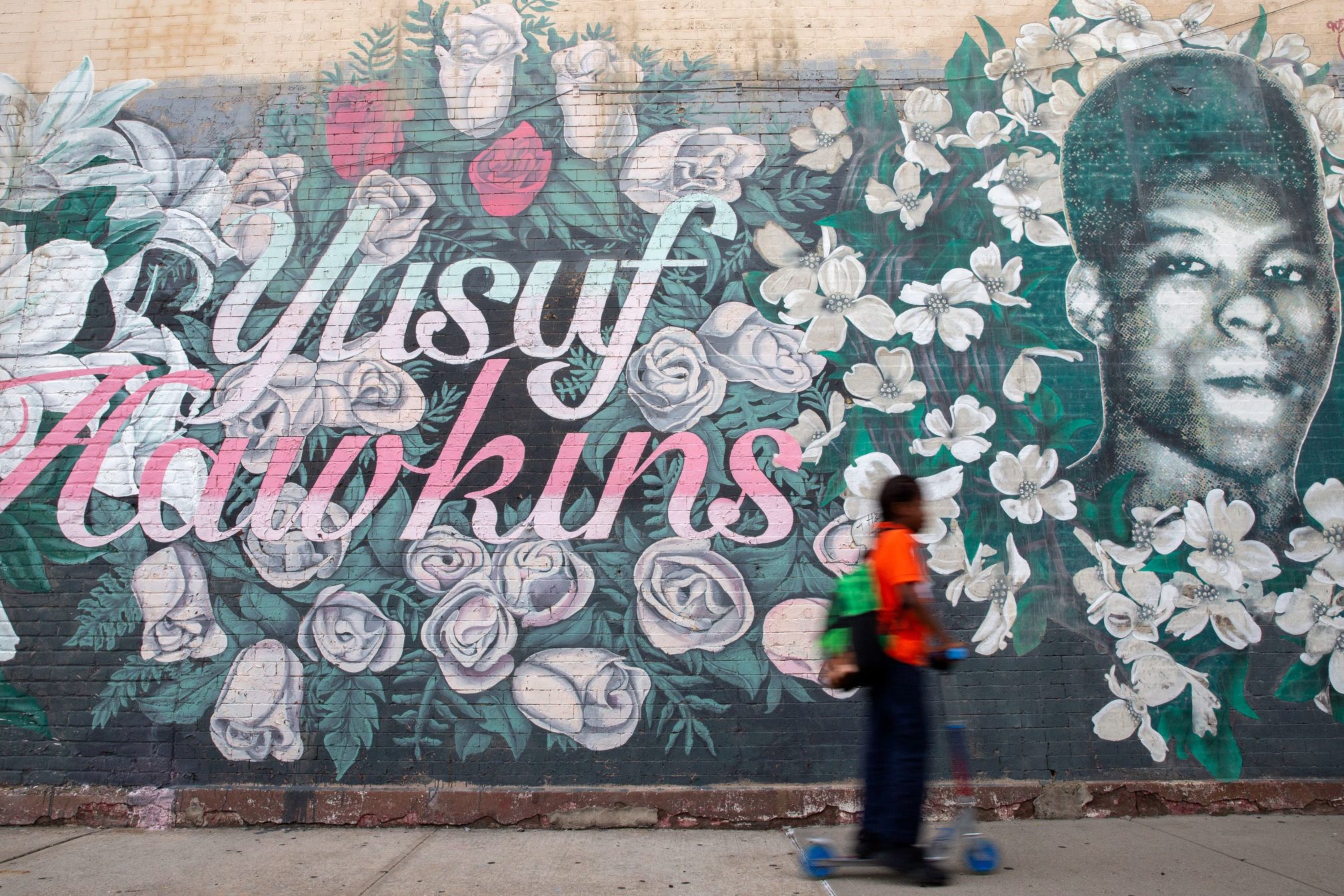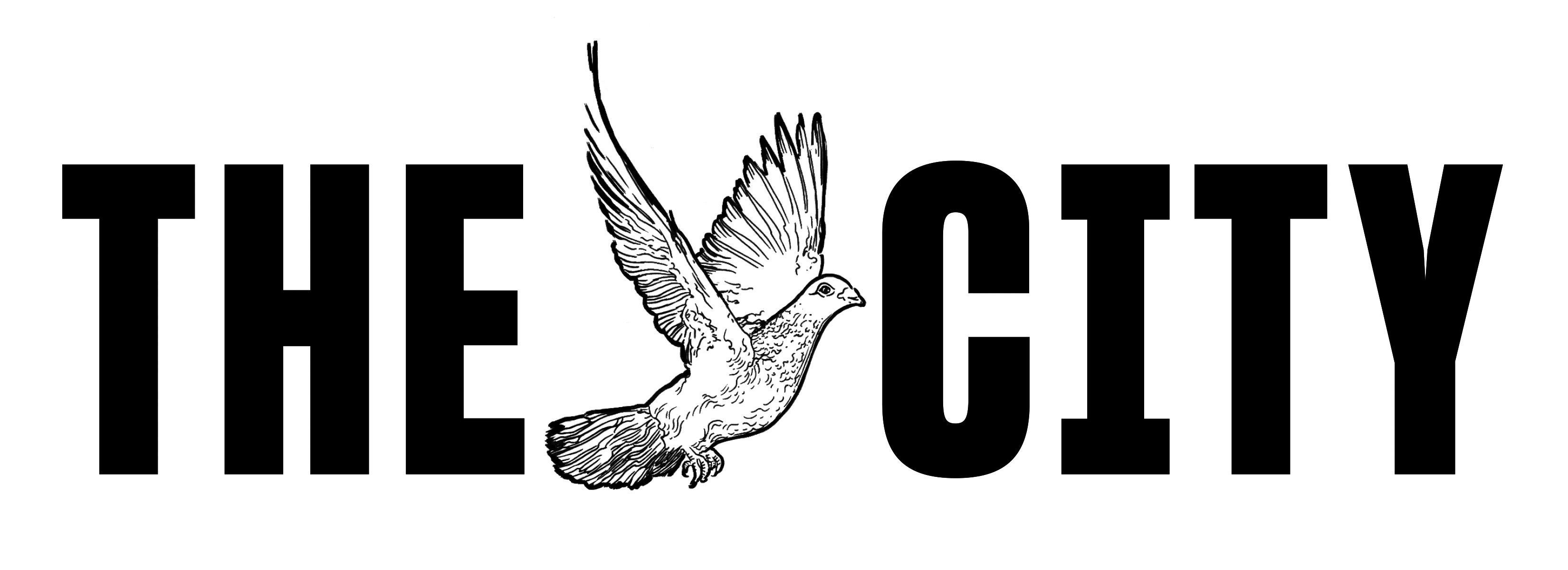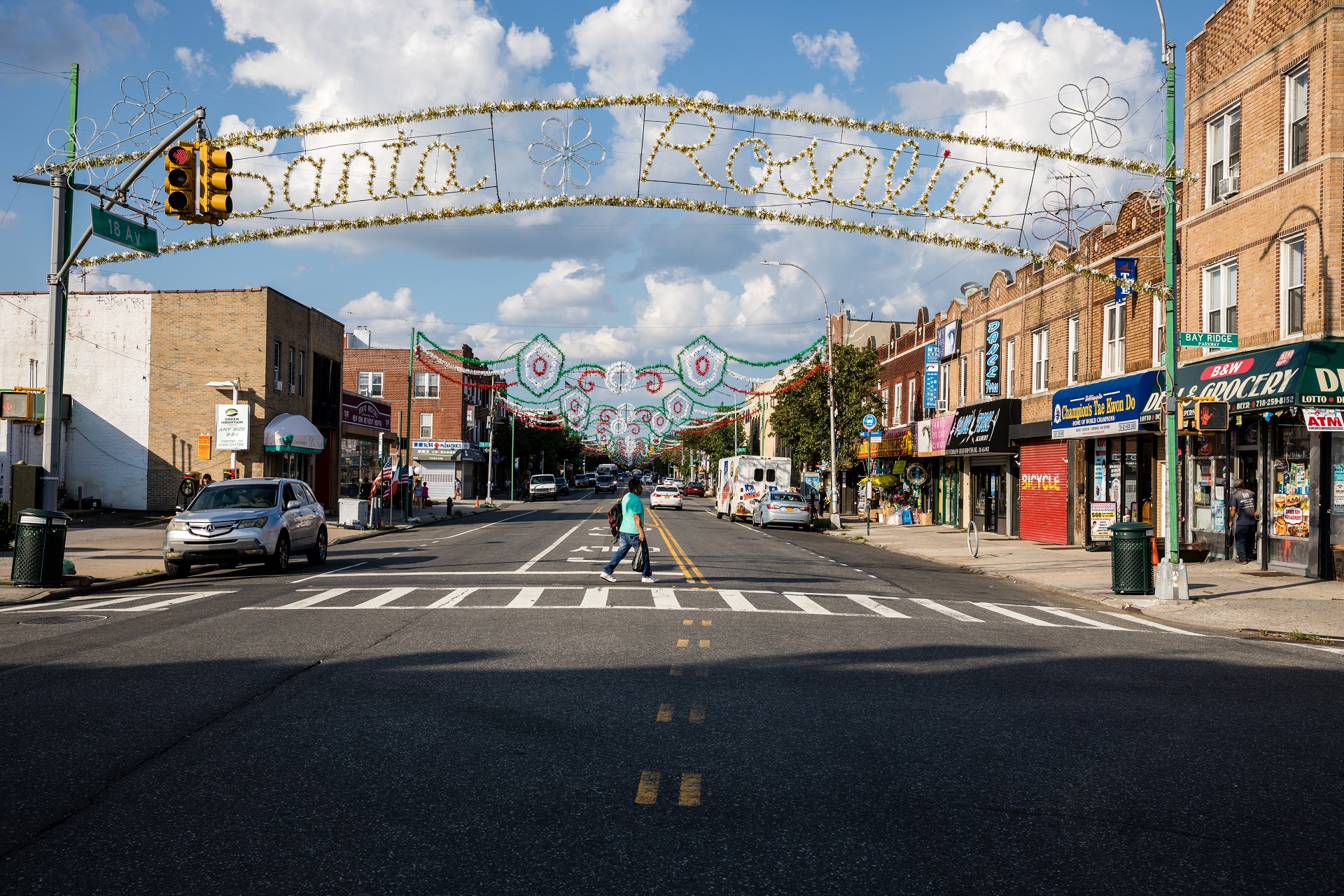Thirty years later, Yusuf Hawkins’ murder still shocks in a changed Brooklyn

A memorial for Yusuf Hawkins in Bedford-Stuyvesant, Brooklyn, Aug. 22, 2019. Photo by Ben Fractenberg/THE CITY
 This story was originally published on Aug. 23 by THE CITY.
This story was originally published on Aug. 23 by THE CITY.
Until this week, Mohamed Kootabeda never heard the name Yusuf Hawkins.
Kootabeda was shocked to learn the story of the 16-year-old African American youth who was set upon by a mob of white youths in Bensonhurst and fatally shot on Aug. 23, 1989.
